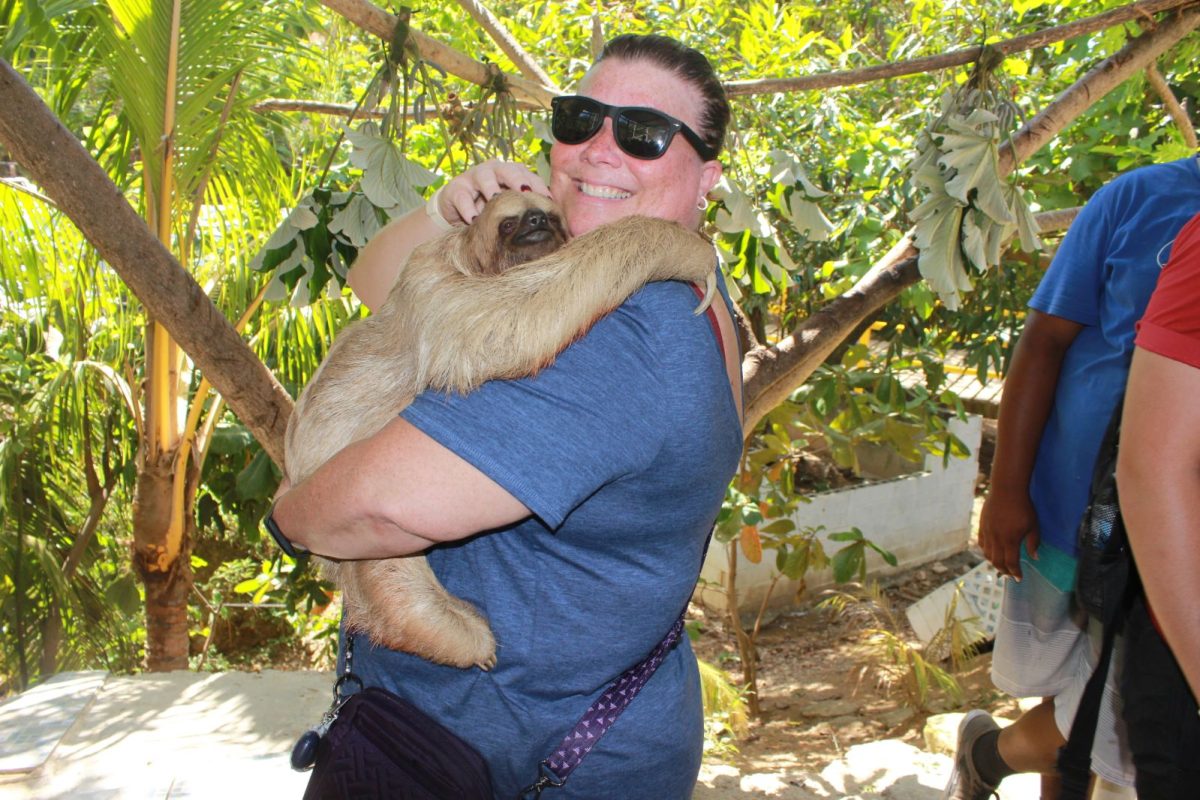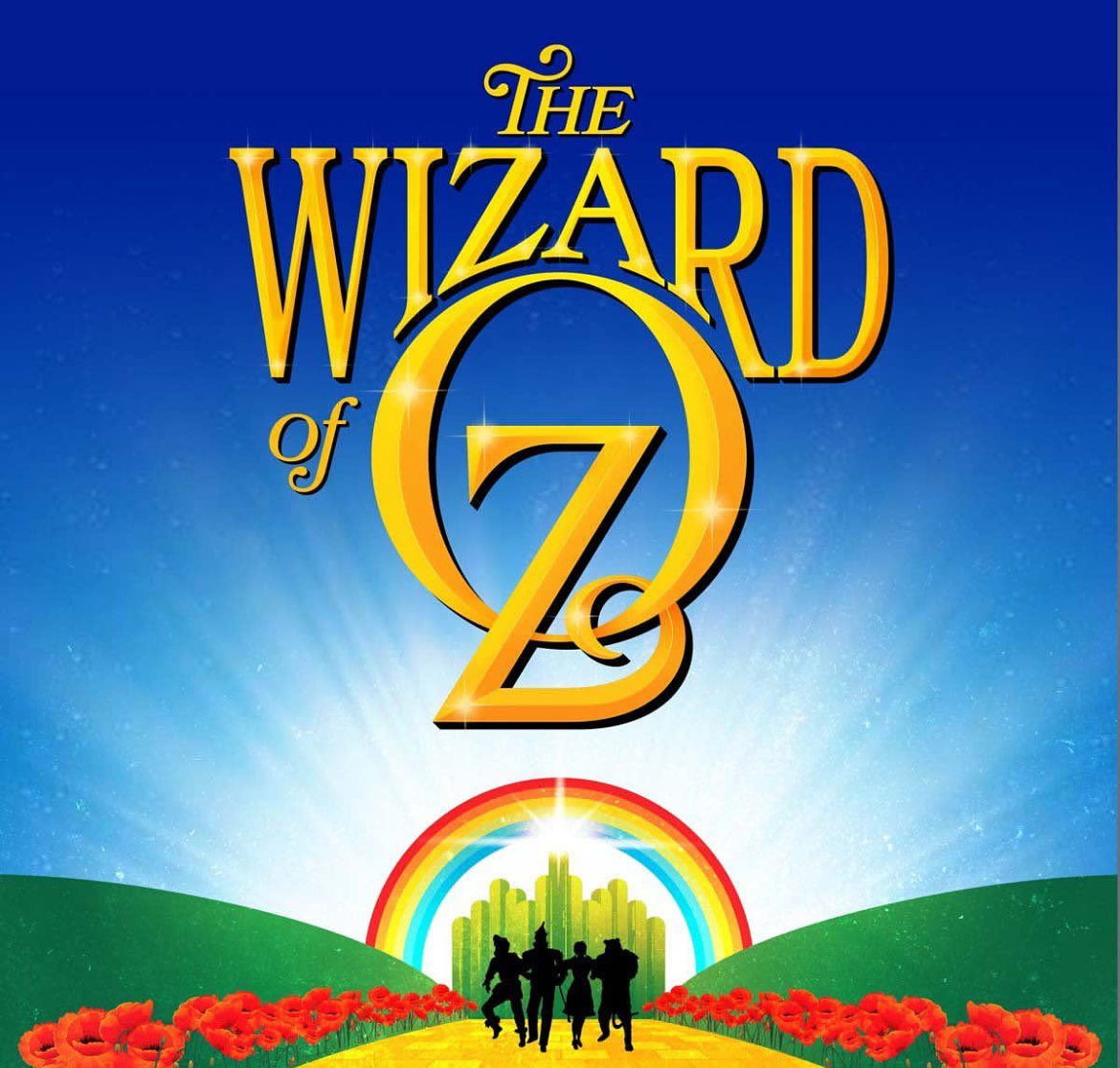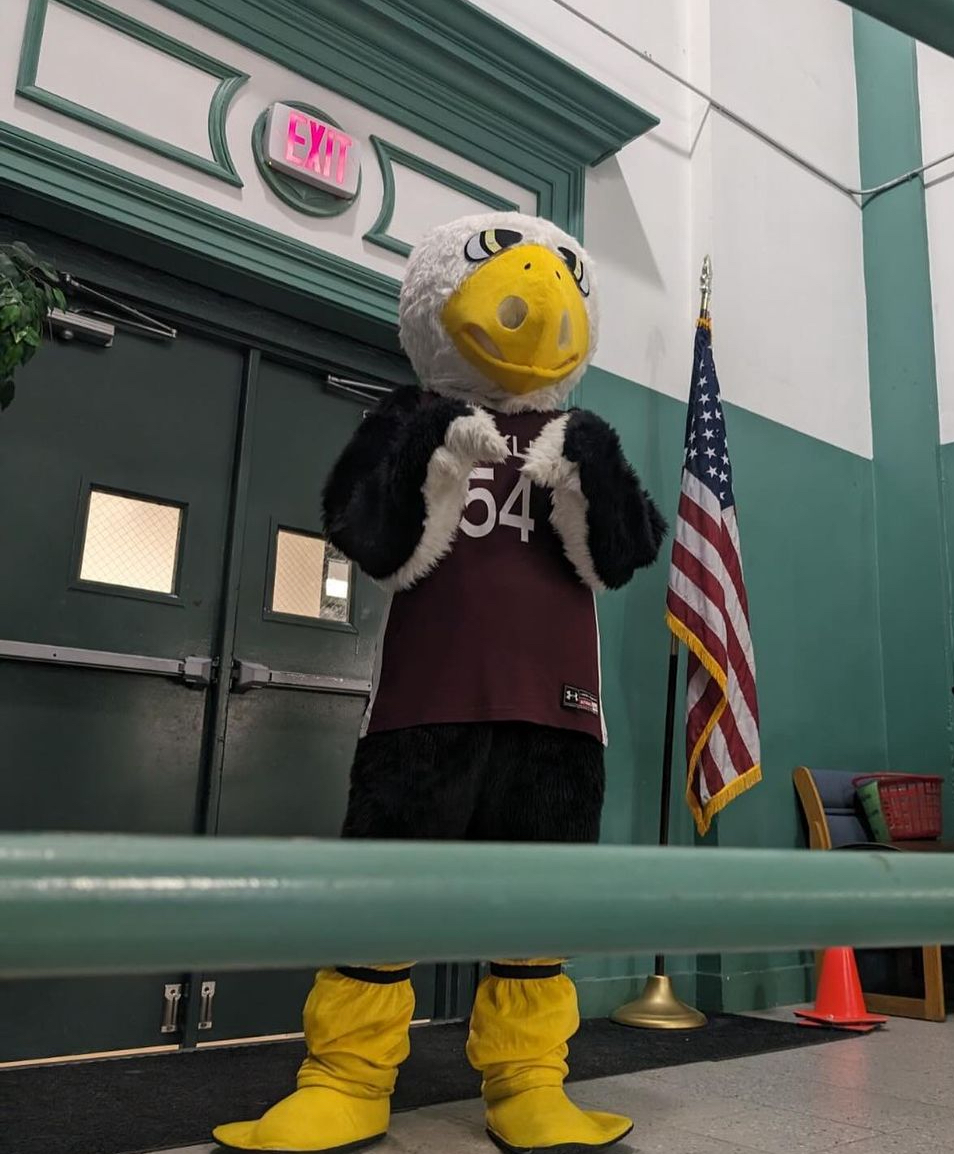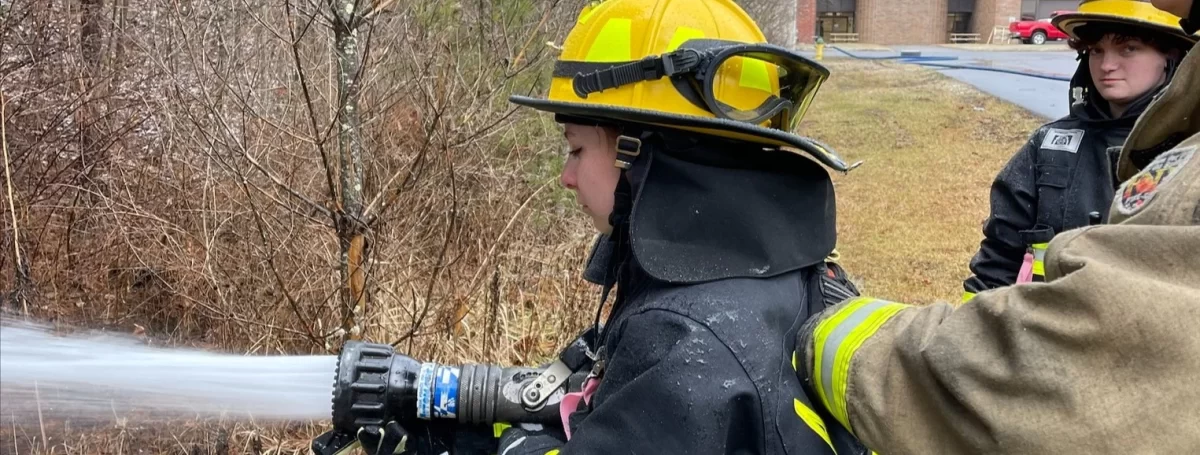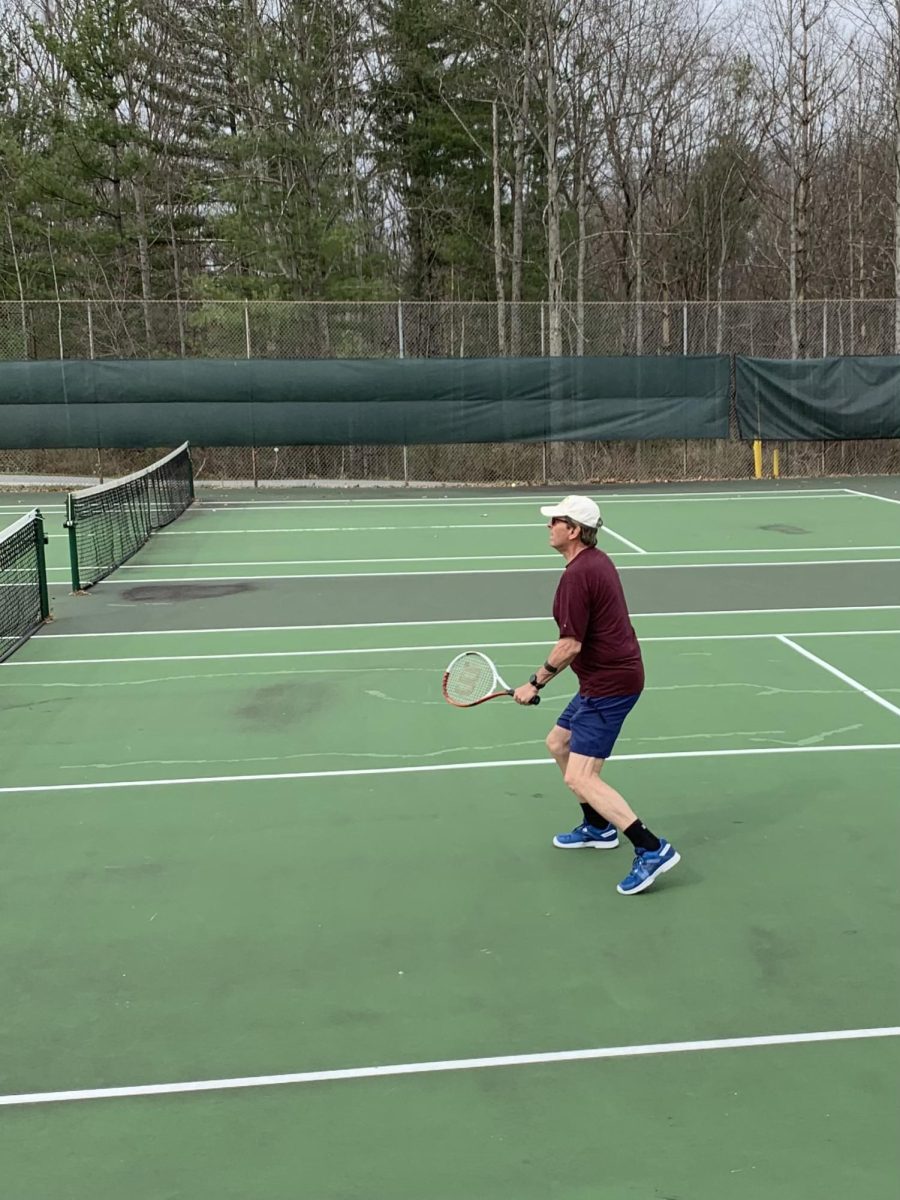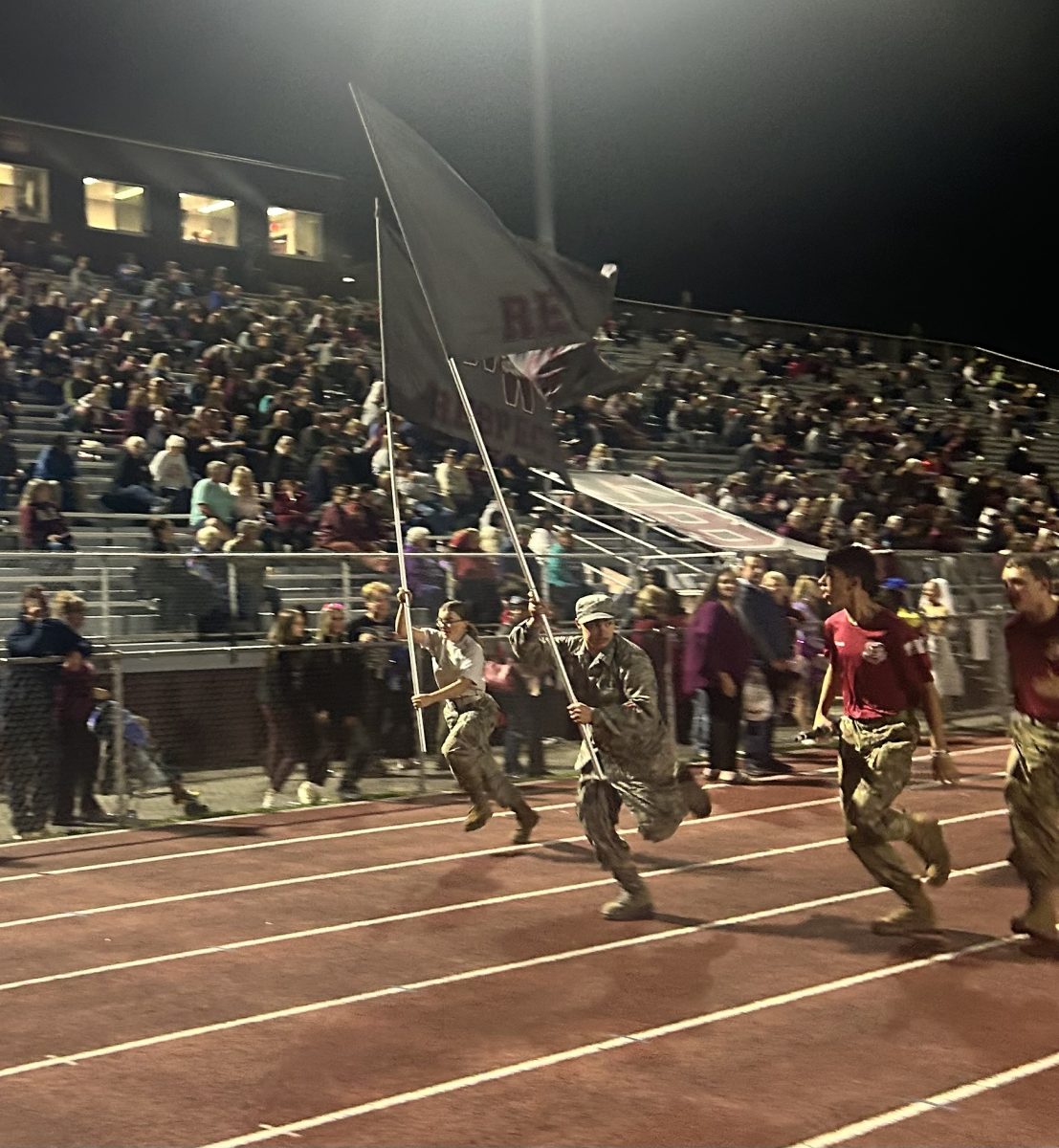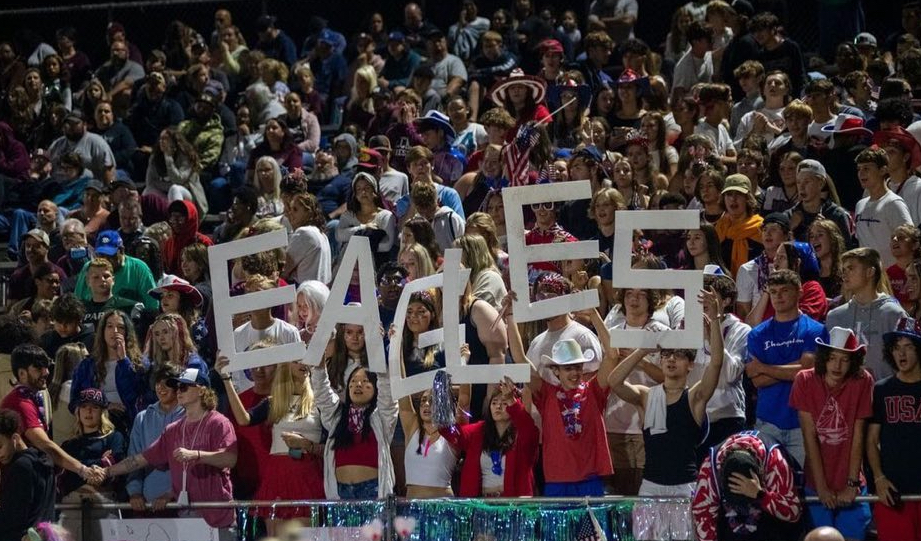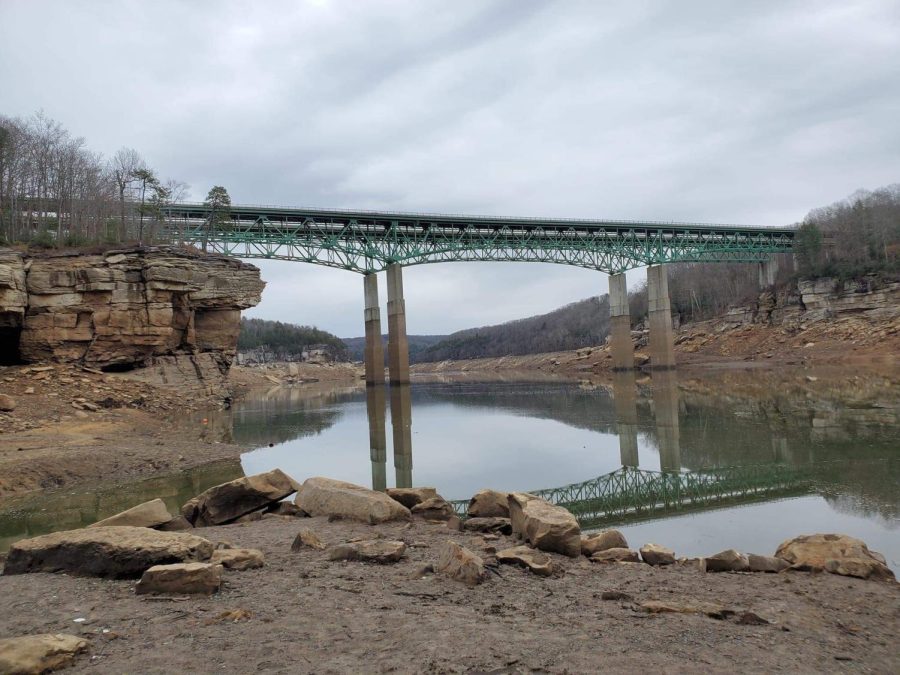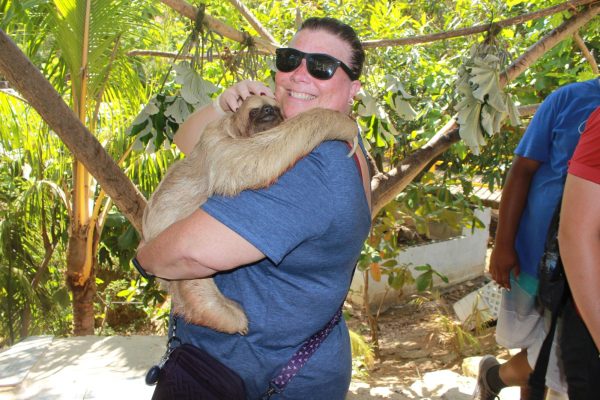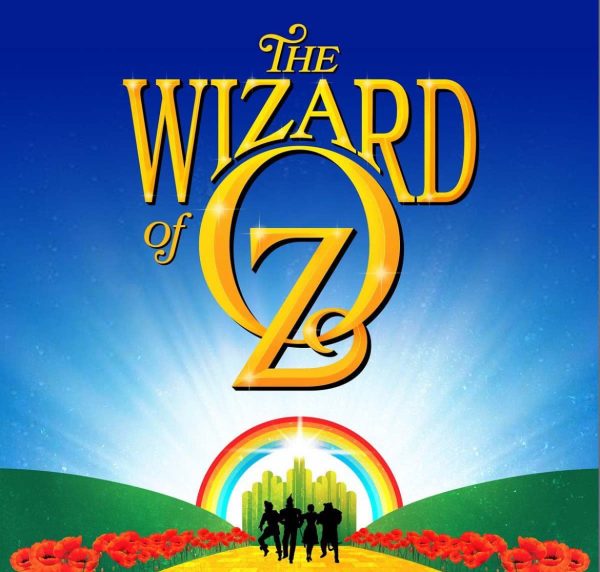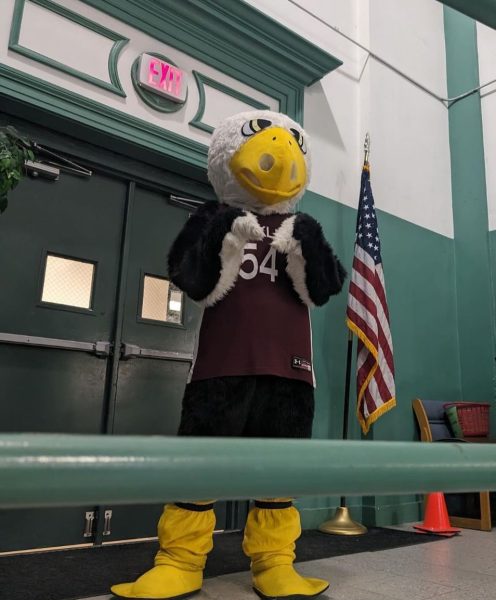Atlantis of the Appalachians
January 31, 2022
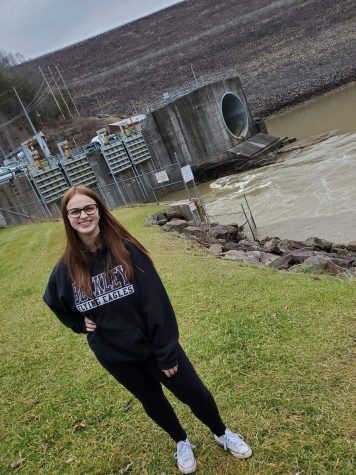
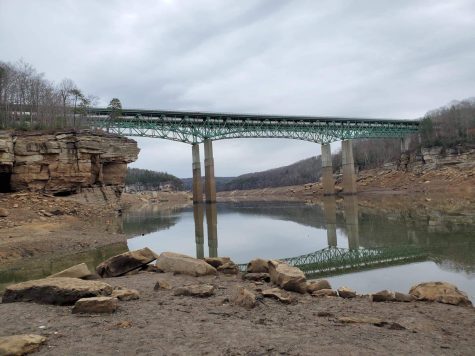
There is a lost city in West Virginia under 2,700 acres of water with a story to uncover. The families and homes may be lost forever, but their stories will never be forgotten.
The Summersville Dam, located on the Gauley River, was built as a flood-control project between 1960 and 1966 by the U.S. Army Corps of Engineers at a cost of nearly $48 million. Summersville Lake is a man-made reservoir, but most of us do not know what’s beneath the surface of the water.
When it rained, the mountains had a tendency to funnel onto nearby communities. Over the years, the government attempted to prevent flooding by building dams. However, the rainfall had to go somewhere, and most times that somewhere would be the two communities of Lilly and Gad, West Virginia.
In the 1700s, Robert and Frances Lilly, accompanied by Josiah Meador and their families, settled in what would become Summersville, West Virginia. The settlement came to be known as Lilly, West Virginia. According to the legend they arrived with nothing but a Bible, an ax, and a gun. The area was chosen for its plentiful natural resources. The settlement eventually grew into a community of subsistence farmers, consisting of more than thirty families, and several buildings sprang up, including a small school, a church, and several houses.
Unfortunately, the area was expected to flood, as were neighboring communities. As a result, the government decided in the 1940s to build Bluestone Dam in an attempt to prevent flooding. But with the intention to stop towns from going underwater, the small town of Lilly was still seen to be flooded. With safety in hand first, the small town residents were bought out and left their homes. Although, they were given financial compensation for their land, with one farmer reported to have been paid $1,750 for his property. As the residents left, buildings were beginning to be torn down or moved and ancient cemeteries were relocated, with many graves being left unmarked in their new location. But things took an ironic twist, Lilly was never actually flooded, turns out the engineers miscalculated.
However the Lilly’s family continued to grow, becoming one of the largest families in West Virginia. A bridge was built at the same time the dam was named Lilly Bridge in honor of the town. It was torn down and rebuilt in 2015. While the remains of the town are scarce, the same cannot be said for another West Virginia town that was sacrificed for preventing flooding.
Located in Nicholas County, Summersville Lake is a popular recreational attraction, offering activities such as swimming, snorkeling, scuba diving, and evenings relaxing on a boat. However, it is also a home of a sunken town of Gad, according to recent scuba divers it is still intact.
Gad was actually a small farming community dating back to the 1800s. The town consisted of a general store, a post office, and a school, in addition to the many houses of the residents. Along with Lilly, the residents were also paid the amount of their property to leave their land and move away.
Dams are typically named after the nearest town, but the powers opted to avoid the unfortunate naming of the Gad Dam and chose to name it after the next nearest town, Summersville.
Upon its completion in 1966, a dedication ceremony was planned for the new dam, which at the time was the largest of its kind east of the Mississippi. Although the dam was considered a modern marvel, it possesses a more significant meaning than flood control. It represents the achievement of Lyndon Johnson’s Great Society.
On September 3, 1966, President Lyndon Johnson traveled to Nicholas County to dedicate the Summersville Dam and Lake. The promised revenue from tourism provided an economic boost for nearby Summersville and Nicholas County. U.S. Senator Jennings Randolph and U.S. Senator Robert C. Byrd had both pushed for construction of the project in Congress. At the dedication ceremony attended by the entire West Virginia congressional delegation, President Lyndon Johnson made these remarks:
“Here today God has blessed you, and you are blessed, with one of the few successes. As we look out at this magnificent new dam and reservoir to our backs, I have renewed hope that still other resources – the power of science and the determination of man – will, along with a little prayer and a good deal of dynamite, empower us to quench our thirst for generations to come.”
The town of Gad once stood along Gauley River, but is now beneath the depths of Summersville Lake. But, every 10 years, the United States Army Corps of Engineers does routine inspections and repairs to the Summersville Dam. To do this, the lake is drained to make the work area more accessible.
Presently, Summersville Lake is one of the most popular tourist destinations in the entire state of West Virginia supporting a wide variety of recreational activities such as swimming, hiking, and even scuba diving. Other tourist attractions are not too far off such as the New River Gorge National River and Carnifex Ferry State Park and Civil War battlefield.
Sources:
https://theclio.com/entry/16129
https://www.onlyinyourstate.com
